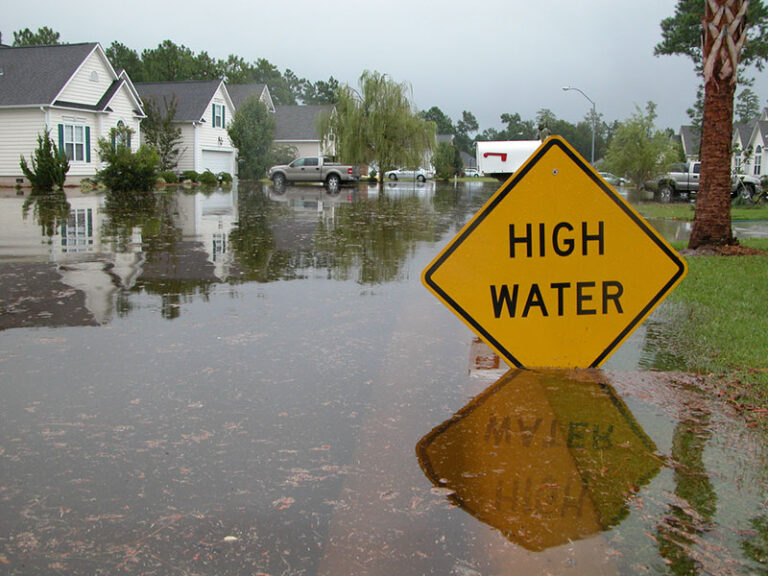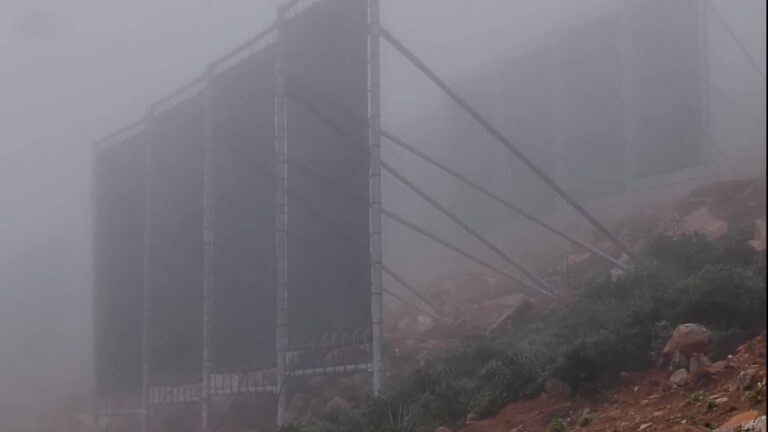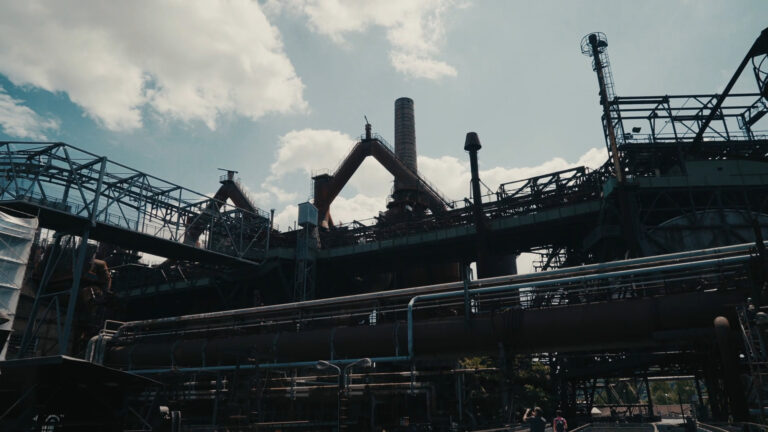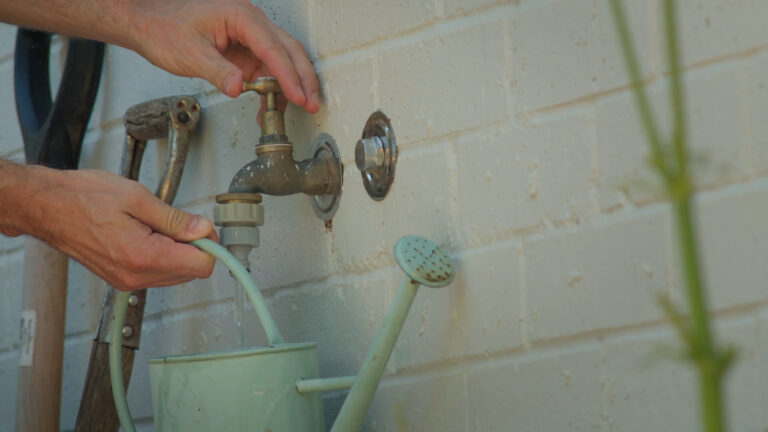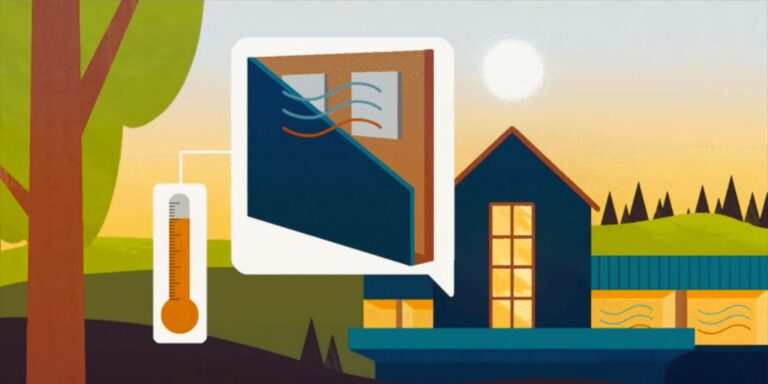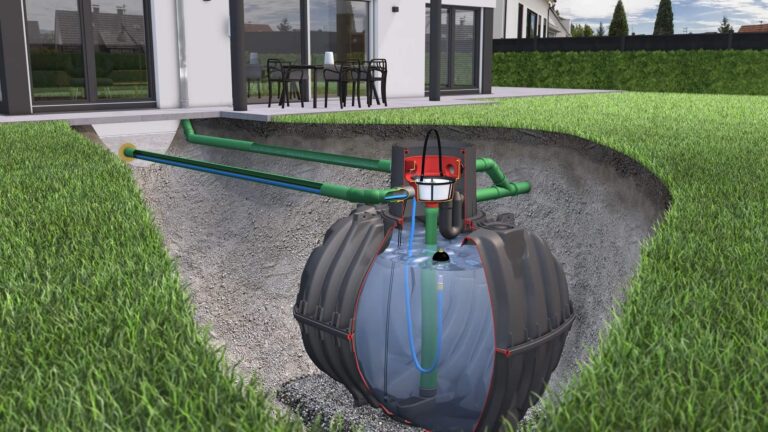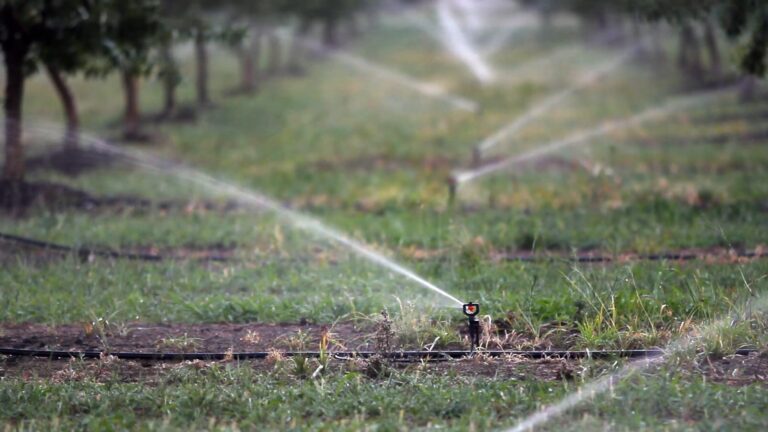Using water efficiently in fields is important for growing good crops while conserving resources. New irrigation methods like sprinklers and drip hoses can help with that.
Sprinklers simulate natural rain by spraying water into the air so it rains down gently on the soil. This protects plants’ roots from getting too wet while still providing enough H2O. Special equipment spins sprinkler heads or moves whole systems across wide areas.
The goal is to give each plant just what it needs, no more no less. Too much water wastes it, and too little stunts growth. Drip hoses placed at plant roots are another precise option that only wets a small area.
Farmers have lots of choices nowadays. Simple hand-moved sprinklers work for small gardens. But big farms use huge self-propelled machines that irrigate huge tracts on their own. No matter the size, pressurized systems boost yields while conserving our water sources.
The key parts of a sprinkler irrigation system
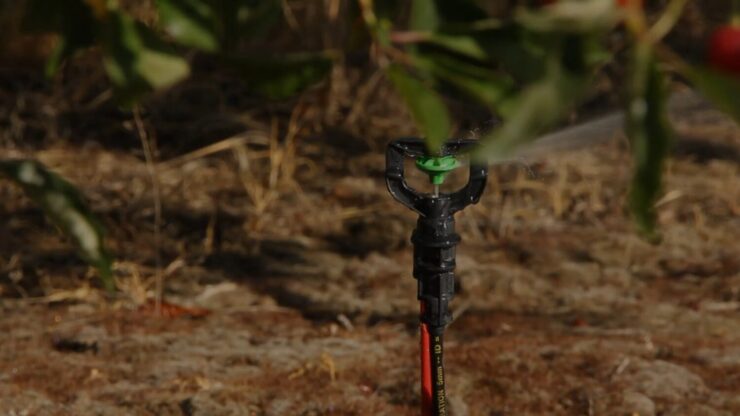
- First is the pump. It pulls water from a source like a well or river and pushes it through the pipes at enough pressure.
- The main pipes carry water from the pump across the field. Some stay put underground, others are movable above ground. Common materials are cement, plastic, or aluminum.
- Secondary pipes called laterals branch off the mains. They connect to the sprinklers and can be permanent or portable too using aluminum or plastic.
- Sprinklers are the parts that spray water droplets even over the soil. Their placement wets the ground uniformly.
Sprinkler systems can really help farmers prepare for climate change impacts with the way they use water. This is especially useful in areas with limited or unpredictable water supplies for crops.
Sprinklers are more efficient than just flooding fields since they don’t waste as much liquid. The droplets also spread moisture evenly across soil instead of some spots getting too wet or dry.
That consistency helps protect plants in another way too. As temperatures fluctuate more due to global warming, sprinklers provide insurance against frost damage. Their motion and gentle “rain” at night can stop crops from getting shocked by sudden cold snaps.
Keeping plants hydrated this way helps buffer them against the stresses climate change brings. Farmers can keep growing even as conditions shift around them. And conserving water through sprinklers means farmers have a supply to depend on, whether rain comes regularly or not each season.
Advantages of the technology
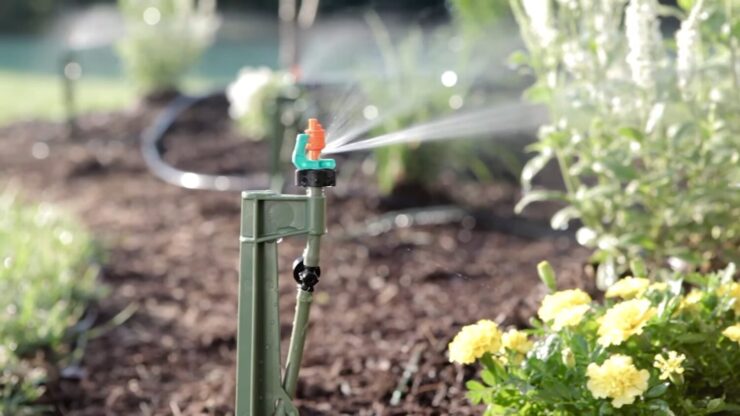
One big plus is they don’t need the open channels that other methods use to move water around. That way, less liquid is lost to evaporation or leaks along the way.
Sprinklers also make sure every plant gets its fair share. No dry spots or flooded areas means you’re not wasting a single drop. When crops have just what they need, yields go up.
All sorts of common field crops do great with sprinklers. Cereals, grains, veggies – anything grown in rows or packed together benefits. Even tree farms and orchards can use sprinklers between rows.

Disadvantages of the technology
Sprinkler systems do come with some downsides depending on local conditions. Even a light breeze can mess with how water sprays from the nozzles. That means some spots may not get enough.
Hot weather poses another issue, as more liquid will evaporate into the air before crops can use it. So you don’t always get maximum benefit.
Relying on consistent water access is also a risk if your area’s rainfall becomes unpredictable. Setting up sprinklers requires more initial money than simpler methods like flooding.
Hiring labor to move the non-fixed parts between fields adds to expenses. This workforce may not be readily available in some rural communities either.
How to choose the right model?
When choosing a sprinkler system, there are several important factors to consider:
- The crops you want to grow and how much water they need at each stage. Different plants have different watering needs.
- Your field’s size and shape. This will affect the type of setup best suited – small vs. large equipment and piping.
- The landscape – is the land flat or hilly? Where’s the water source located compared to fields? Hills require special sprinkler placement.
- Your water source – well, river, pond? It needs enough supply for your area and be free of mud to avoid clogs.
- Available labor – can you install and fix things yourself? Training may be needed if not. Moving parts takes manpower.
- Soil type – sprinklers work best on well-draining soil so water soaks in, not puddles. Match application rate to soil’s absorption.
- Energy needs – factor in power for any pumps from source to field based on distance and elevation changes.
- Community needs – does the setup match local needs and skills? How will duties like maintenance be shared?
- Health risks – ensure clean water to avoid disease risks from bad water sources.
- Environment – check impacts on drainage, wildlife habitats, and competing water uses are minimal.

